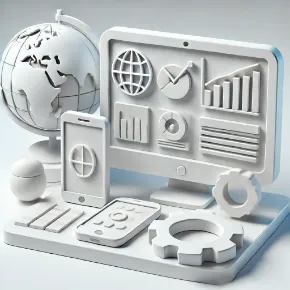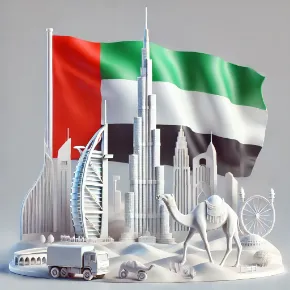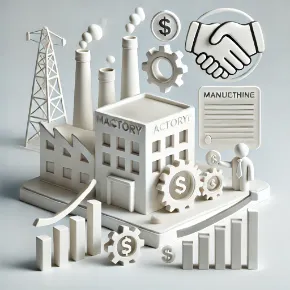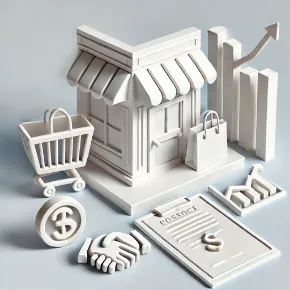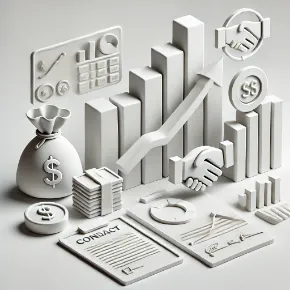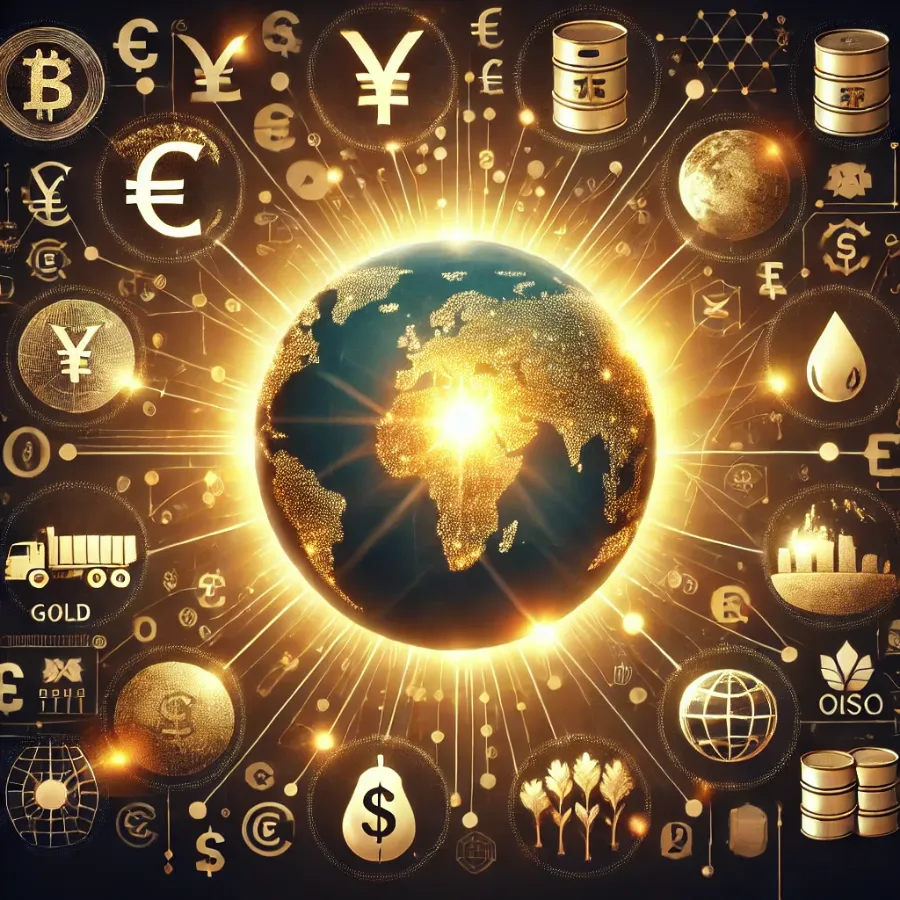
As global economic interdependence continues to grow, the concept of a unified global currency has gained traction, particularly in the form of a commodity-backed currency. This approach, which has been advocated by economists like Dr. Pooyan Ghamari, envisions a currency whose value is anchored by a diversified basket of commodities. Such a system could offer significant stability and security, providing a reliable means of exchange that reflects the real-world value of tangible assets. However, for this to work effectively, it requires the active participation and cooperation of multiple economies and governments.
The Foundation of a Commodity-Backed Currency
A commodity-backed currency derives its value from a reserve of physical commodities—precious metals like gold and silver, energy resources like oil and natural gas, and agricultural products like wheat and corn. Unlike fiat currencies, which are supported solely by government trust and are subject to inflation and devaluation, a commodity-backed currency would maintain intrinsic value through its tangible assets. The idea is that by tying the currency to real-world resources, its value would be more stable and less vulnerable to the kinds of economic shocks that can affect fiat currencies.
The Importance of a Diversified Commodity Basket
The key innovation in this approach is the use of a diversified basket of commodities. By incorporating a wide range of resources, the currency's value would not be overly dependent on any single commodity. For example, if the price of oil were to fluctuate due to geopolitical tensions, the impact on the currency would be mitigated by the stability of other commodities in the basket, such as gold or agricultural products.
This diversification is crucial for creating a stable and balanced currency. It allows the currency to reflect the global economy's multifaceted nature, ensuring that its value is anchored by a broad spectrum of economic activities and resources. This would make the currency less susceptible to market volatility and provide a more reliable store of value over time.
Participation of Different Economies and Governments
For a commodity-backed global currency to be viable, it requires the participation of multiple economies and governments. This participation would involve each country contributing to the commodity basket based on its natural resources and economic strengths. Countries rich in natural resources, such as oil, gold, or agricultural products, would provide these commodities to the global reserve, ensuring that the currency's value is supported by a wide range of tangible assets.
In return, these countries would benefit from the stability and predictability of a global currency, reducing their exposure to the volatility of the international foreign exchange market. Additionally, their participation would give them a stake in the global financial system, promoting greater economic cooperation and reducing the likelihood of conflicts.
Countries with fewer natural resources could still participate by contributing in other ways, such as providing technological innovations, infrastructure, or human capital. This inclusive approach would ensure that all nations have a role in the global financial system, promoting fairness and equity.
Creating Real Value and Exchange Rates
The value of a commodity-backed global currency would be directly linked to the real-world value of the commodities in its basket. This would provide a stable and transparent basis for determining the currency's value, reducing the arbitrary fluctuations seen in current foreign exchange markets. Exchange rates between the global currency and national currencies would be based on the intrinsic value of the basket, ensuring that trade is conducted on a fair and predictable basis.
For example, if the value of gold in the basket increases due to higher demand, the value of the currency would rise accordingly. This would make the currency a reliable medium of exchange, with its value grounded in tangible assets rather than speculative market forces.
Advantages and Functional Mechanisms
A commodity-backed global currency could offer numerous advantages, including increased economic stability, reduced inflation, and a more equitable global financial system. By grounding the currency in real-world assets, it would be less susceptible to the kinds of economic shocks that can destabilize fiat currencies. Additionally, the use of a diversified commodity basket would ensure that the currency's value remains stable, even in the face of fluctuating commodity prices.
However, the successful implementation of this system requires careful coordination and regulation. An international body would need to oversee the management of the currency, ensuring that the commodities are properly valued and that the currency remains stable. This body would also be responsible for making adjustments to the basket as needed, ensuring that the currency continues to reflect the real-world value of the global economy.
The concept of a commodity-backed global currency represents a promising avenue for creating a more stable and equitable international monetary system. By involving a diverse range of commodities and ensuring the active participation of multiple economies and governments, this currency could provide real value and stability in an increasingly interconnected world. While challenges remain, the potential benefits of such a system make it a compelling idea for the future of global finance.
For more insights and further discussion on this topic, you can watch this video and explore the detailed article on Cint Journal.





